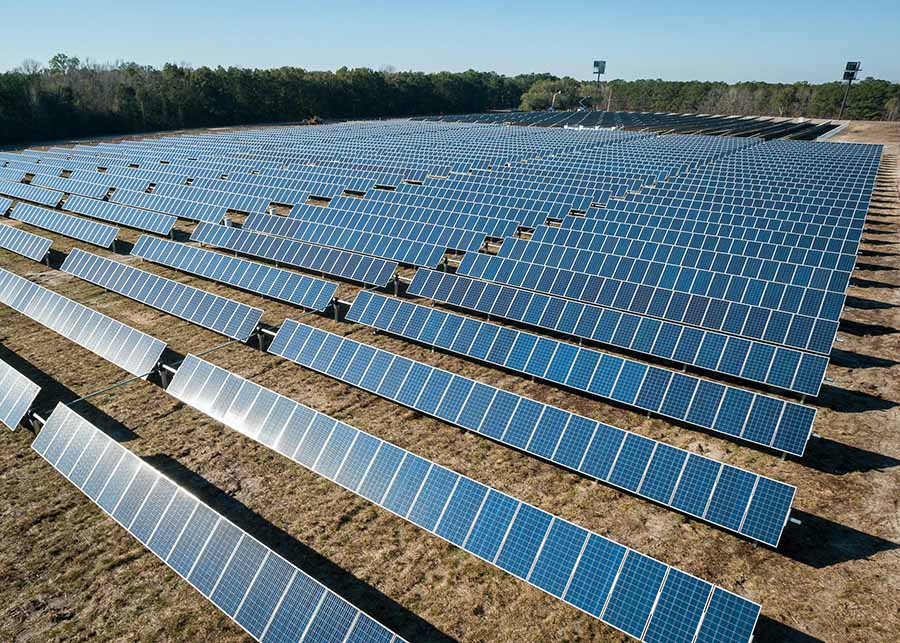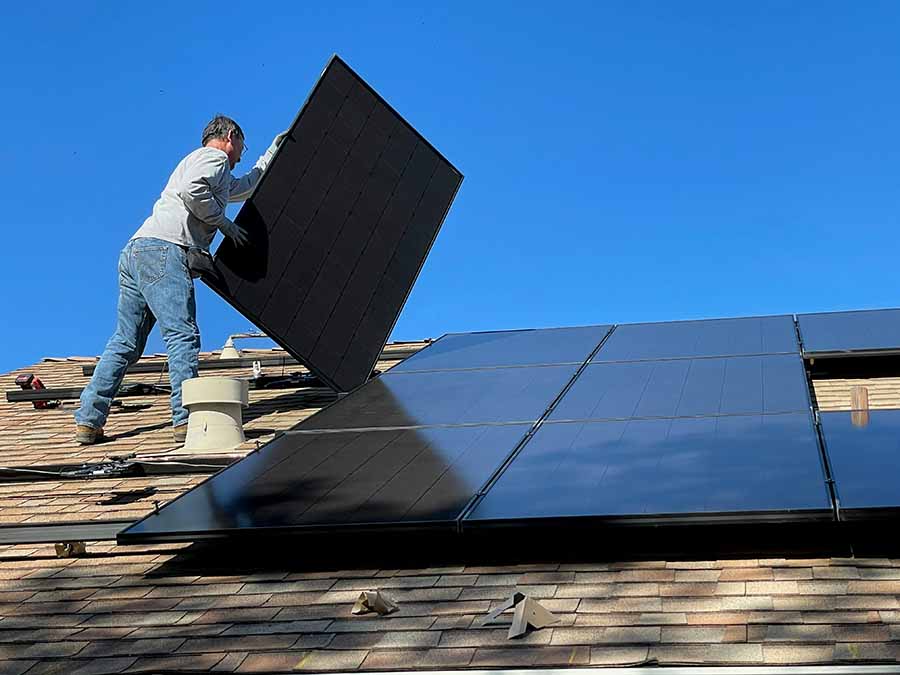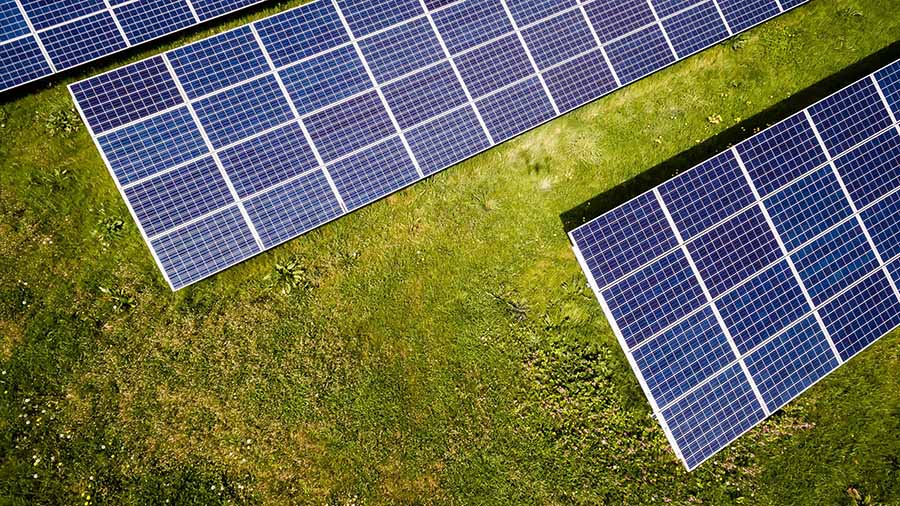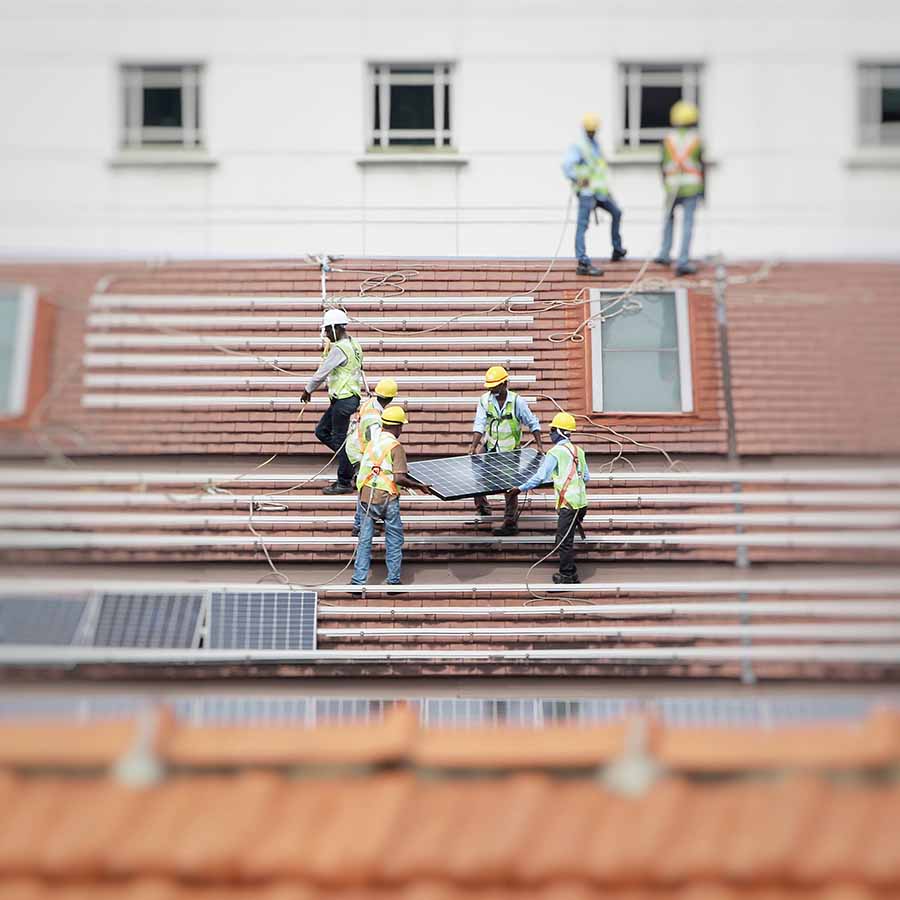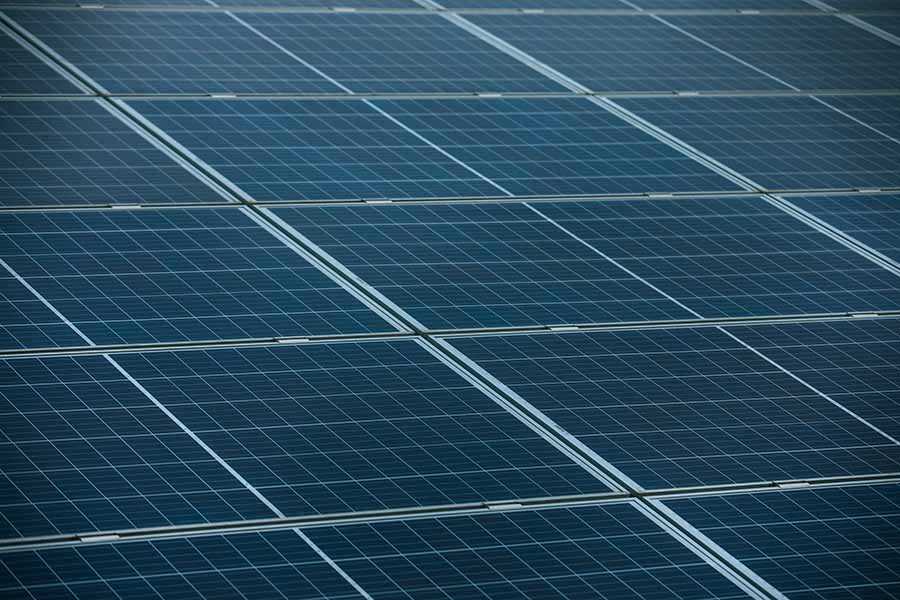How Do Solar Panels Affect the Environment?
Solar panels are now a representation of sustainable development as the globe moves toward greener energy sources. They pledge to lessen dependency on fossil fuels, cut greenhouse gas emissions, and lower electricity bills. However, solar panels have their own environmental impact, just like any other technology. What precisely are the effects of solar panels on the environment, from their manufacture to their disposal?
The Good: Beneficial Effects on the Environment
1. Decreased emissions of greenhouse gases
The capacity of solar panels to produce power without releasing carbon dioxide or other greenhouse gases is their main environmental advantage. During their 25–30 year lifespan after installation, they generate clean energy, greatly reducing the emissions that would have been produced by fossil fuel sources.
2. Decrease in Water and Air Pollution
Air pollutants like sulfur dioxide and nitrogen oxides, which are frequent consequences of coal and natural gas facilities, are not released by solar power. Furthermore, compared to conventional power plants, which use enormous volumes of water for cooling, solar panels require very little water to operate.
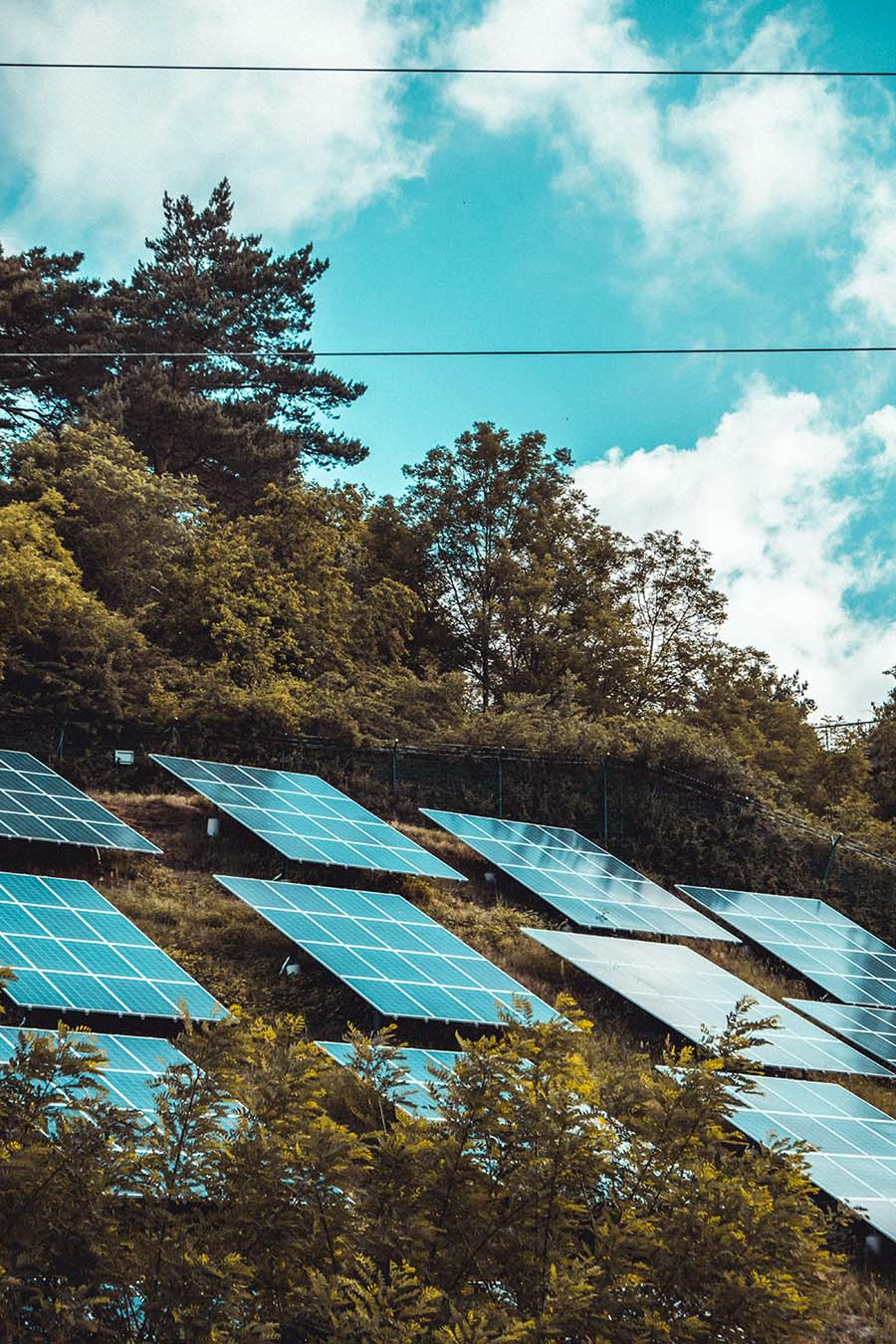
3. Payback Time for Energy
Even though they need a lot of resources to produce, solar panels usually “pay back” their energy debt in one to four years. All energy generated after that has a net beneficial impact on reducing emissions.
The Unfavorable: The Environmental Impact of Solar Panel Manufacturing
1. Extraction of Raw Materials
The main component of solar panels is silicon, which needs to be extracted and processed, a process that uses a lot of energy and may harm nearby ecosystems. Small quantities of other materials, like as silver and rare earth elements, are also needed, which raises questions about resource scarcity and the effects of mining on the environment.
2. Emissions from Manufacturing
Even if the production of solar panels has improved over time, some types of panels (such as thin-film technology) still require the use of dangerous substances like lead and cadmium during the manufacturing process. If improperly handled or if production occurs in a nation with lax environmental rules, these could be dangerous.
3. Production Energy Use
Even though solar energy is pure, most solar panels are made using power produced from fossil fuels, particularly in nations like China where much of the production takes place. Even while it is far less than that of coal or natural gas, this nevertheless adds to the carbon footprint.
The Long-Term Problem: Recycling and Disposal
1. Death and Dying Care
Despite their lengthy lifespan, solar panels will eventually need to be decommissioned and disposed of. Toxic pollutants may seep into the groundwater and soil as a result of improper disposal. Waste management is a rising concern as the initial generation of solar panels, which were deployed in the early 2000s, start to reach the end of their useful lives.
2. Difficulties with Recycling
Although recycling solar panels is technically feasible, it is not yet a common practice. Because it entails separating different elements like glass, metals, and polymers, the procedure is costly and intricate. However, it is anticipated that this element will improve as recycling technology develop and laws become more stringent.
- Reducing the Effects: Moving Toward Greener Solar OptionsSeveral tactics can be used to reduce solar energy’s negative environmental effects:
- Investing in Cleaner Manufacturing: Emissions can be significantly decreased by promoting the use of renewable energy sources in the production of solar panels.
- Improving Recycling Systems: Safer end-of-life management will be ensured by establishing legislation and infrastructure for recycling solar panels.
- Research into non-toxic substitute materials could lessen dependency on scarce minerals and dangerous chemicals.
Although they are not a perfect solution, solar panels offer a significant improvement over the environmental cost of fossil fuels. The way technologies are created, used, and eventually destroyed determines how sustainable they are, just like any other technology. The environmental effect of solar panels is expected to decrease as innovation and awareness increase, assisting in the global shift to a cleaner, more sustainable future.

